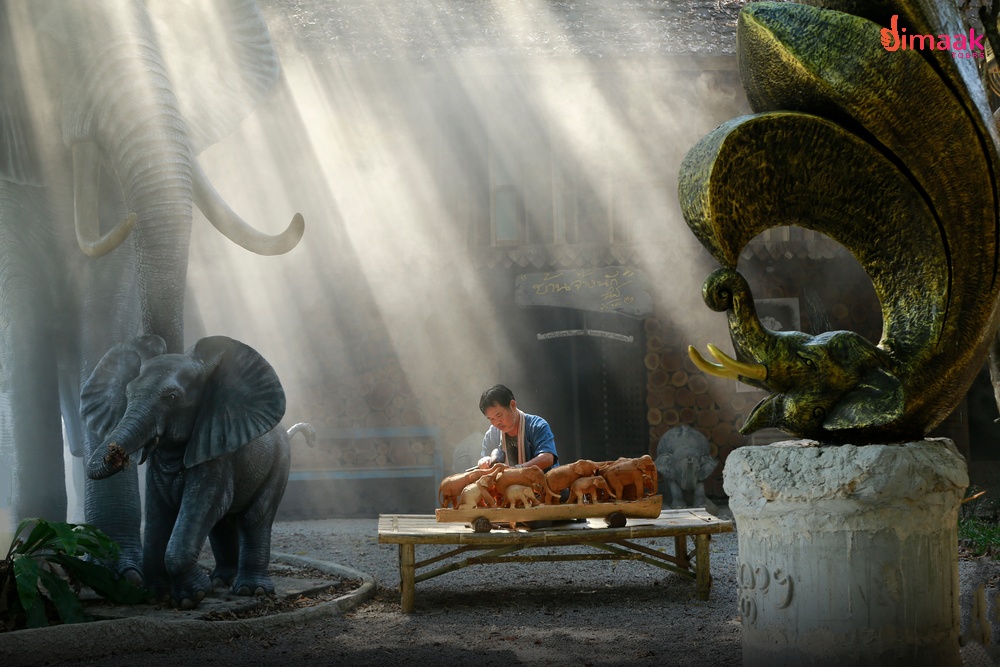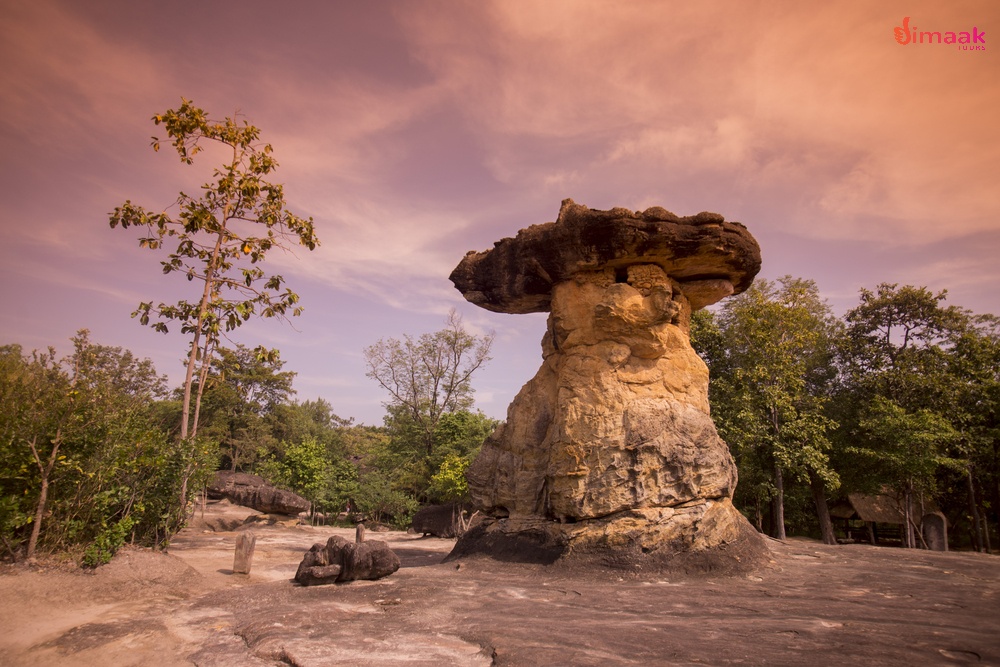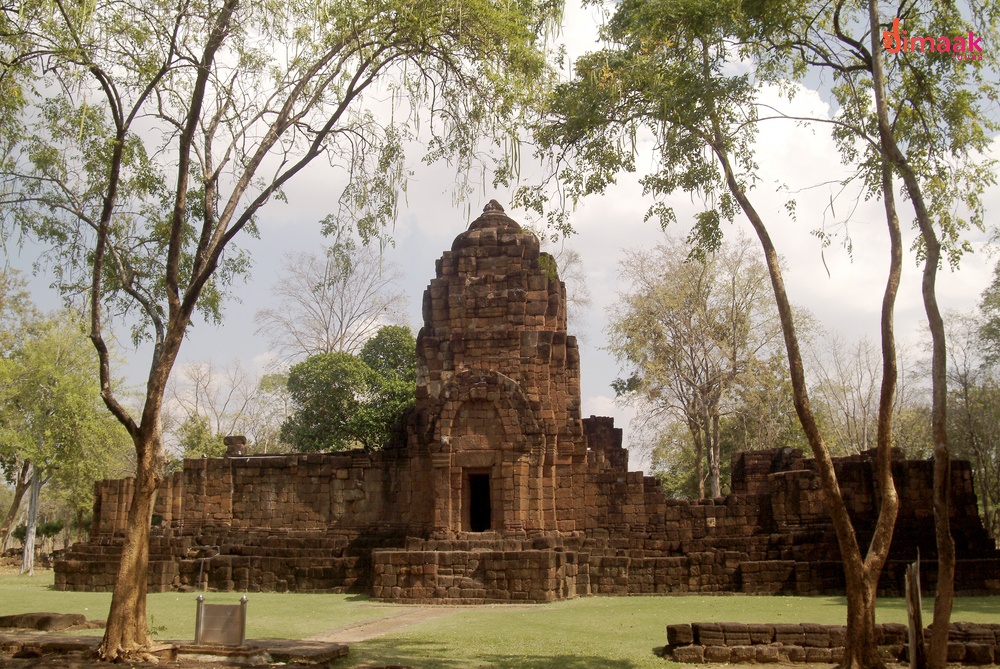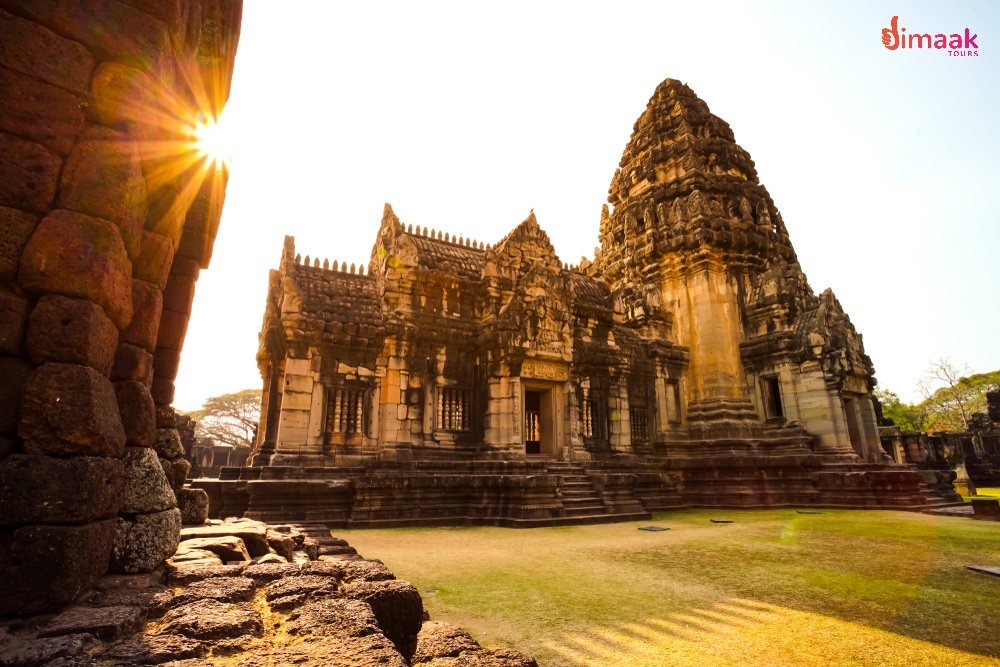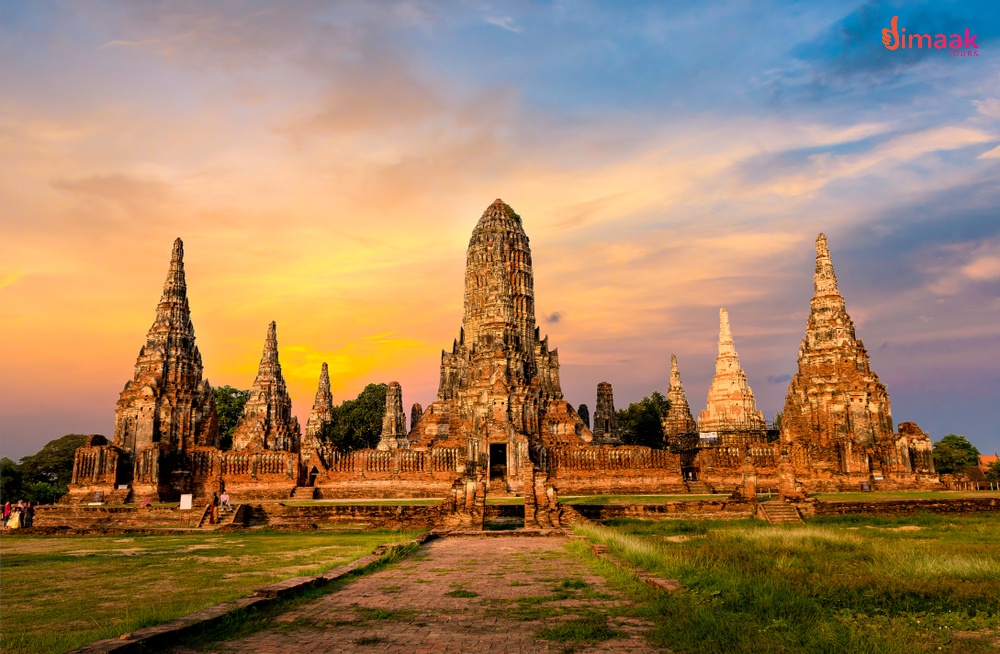No kingdom was raised in a day. Every place has its own story to tell. The present living style, culture, lifestyle, architecture, religion, and what not; are all the result of a very slow evolution from the past which is now the Golden History!
Some histories might be frightful, some glorious. It’s always a mix of the good and the hard times. Through all these times what has stood proof are the monuments. Though they might be in different stages of dilapidation given their respective ages, they still hold all the secrets, tales, and myths of those places.
Thailand is no exception. To the outside world, Thailand is mostly known for its entertainment and the beaches. But historically and culture wise to they stand second to none. And the places mentioned below stand testimony for the same.
Let’s dive into the past and see what Thailand was like and what it’s been through!
Thailand Historical Sites:
1. Ban Chiang:
Dating back to 1495 BC, Ban Chiang is considered to be one of the most significant pre-historic places in Southeast Asia. It records the foremost evidence of farming and metal manufacturing in this region. A UNESCO World Heritage Site since 1992, is known for its unique red pottery. The excavation of the site has revealed a living quarter and burial ground for people during the Neolithic period and The Bronze Age.
This site was discovered only in the late 1960s, and that too by accident.
The story goes like this, A young Political Science student from Harvards’ had come to this village to interview a few people for his Honours Thesis. One day, while walking in the village he tripped over a stone and fell on his face on the mud path. And that was when he saw the exposed parts of red-painted pots and jars, and observed the unique designs on these pots which he then diligently reported to the then king and the story goes on to what it is today- the discovery of a prehistoric site!!
Through years of excavation pottery, bronze grave gifts, rice fragments, ceramics, skeletons and many more have been unearthed.
There is a museum in this place which is the most suitable place to study a part of the history of Thailand and learn more about the artefacts.
2. Phu Phra Bat:
A pre-historic park with extremely unusual rock formations formed due to the erosion of water 15 million years ago, is an extremely notable spot. The past civilization had used these rocks as canvases and had painted some beautiful pre-historic scenes which are dated around 6,000 years back.
These rocks also form a background for a few religious shrines which feature both Hinduism and Buddhism. The most significant temple here is the Wat Phra PhutthaBat Bua Bok which houses a sandstone Buddha Footprint. This shrine is also very famous as every year a festival is conducted in March.
Some paintings which are beneath the natural shelters that have been formed by the rocks have gotten preserved, whereas the others have faded with time. Tham Wua and Tham Khon are two good examples of the paintings that are still preserved and depict Oxens and a few Human Figures as well.
There is a very interesting Fairy-tale story associated with this place.
An overbearing king, forced his daughter into confinement in one of the rock formations, to keep her away from her beloved. Though in confinement, she managed to get a message through to her beloved, post which they got married in opposition to the King’s orders. Hor Nang Usa is the rock formation mentioned in this story, which still stands tall in this Historic Park.
The current park was established by the Fine Arts Department of Thailand in 1991.
3. Muang Sing:
Once a border of the Khmer Kingdom of Thailand and its military headquarters, it is now in shambles. However, some of the structures are noticeable. The most famous among them are the two temples and two monuments built in the Bayon style which can be seen in the world-famous Angkor Wat Temples. This is also an excavation site where buddha statues, household articles, and many more articles have been found.
History of Muang Sing goes back to a period between 800 and 1000 AD. But apparently the town was abandoned and 700 years later forts were built in this place to protect a town named Kanchanaburi, The most famous monument in this place is a temple called Prasat Muang SIng which has a central tower which represents Mount Meru, considered to be the center of the universe according to Hindu Scriptures.
There is also a museum where one can study the history of this place.
4. Phimai:
Another Khmer Architecture’s Pre-historic treasure trove. Some of the monuments here are said to be even older than the ones in the famous Angkor Wat. These temples were built to celebrate Buddhism, however, there are hints of Hinduism and Animism here as well.
One of the most important Khmer site – a Phimai sanctuary, is home to a Pagoda, Naga-bridge and a Gopura. Also one can witness the remains of a gateway, walls, and a tomb – Men Brahmadat, place where a king is said to be cremated. Usage of limestones, bricks, sandstone, and laterite can be seen in these structures.
Most buildings here are from the 11th century and have a striking resemblance to the structures of Angkor Wat but on a smaller scale. The discovery of this place was first done by a French person in 1900. This later came under the Thai Government in the 1930s.
This province not only has these dilapidating temple structures and walls; in about 2 km there is a small island with a Banyan tree that is deemed to be the biggest banyan tree in the world and is about 350 years old.
5. Sukhothai:
Considered one of the most important parts of Thailand’s history and culture, Sukhothai Historical Park consists of ruins of the past kingdom of Sukhothai formed in the early 1200s.
Sukhothai in Pali literally means “ Dawn of Happiness” which is true to the last word as this place was once a glorious kingdom with lakes, trees, and abundant natural beauty along with a multitude of religious structures.
Even now there are more than 15 temples preserved in the central region of this vast park and Wat Mahathat is the most important among them all. The Temples not only showcase Buddhism but also Hinduism and Animism.
Designated a UNESCO World Heritage site this place has served as the capital of Siam for over a century. This is said to be the foremost capital city which was established around 800 years ago.
This park has been divided into two zones Central and Northern. Not only temples and monuments, this park which is spread across lands of about 6,596 sq km also has Ramkhamhaeng National Museum, Ramkhamhaeng National Park, Sri Satchanalai National Park, and The Royal Palace.
6. Ayutthaya:
This is the first name that pops up in one’s mind when Thailand’s historical places are being discussed. Once the Largest and the most glorious cities in the world, Ayutthaya was the capital of the Siamese kingdom which was established in the 14th century.
Though this place now hosts only ruins, due to the Burmese invasion in the 18th century, it’s splendor has not diminished. The hotspot of this place is at the confluence of three rivers namely – Chao Phraya, Lop Buri and Pa Sak. Sources say that this place is even older than being thought to be. And this was inhabited by the Khmers before and was named after one of the most famous Hindu Cities – The Ayodhya.
There are plenty of monuments to visit in this place. However, the most important ones among them are – the Phet Fortress, Wat Phra Mahathat, where one can see Buddha’s head encased within the roots of a tree.
Final Thoughts:
Visiting the place just for entertainment is not enough. One should always try and learn about that place’s background, culture, and heritage. There are more places than the above-mentioned ones which help us gain more in-depth knowledge about the rise of the civilizations and how these Southeast regions came to be what they are today.
